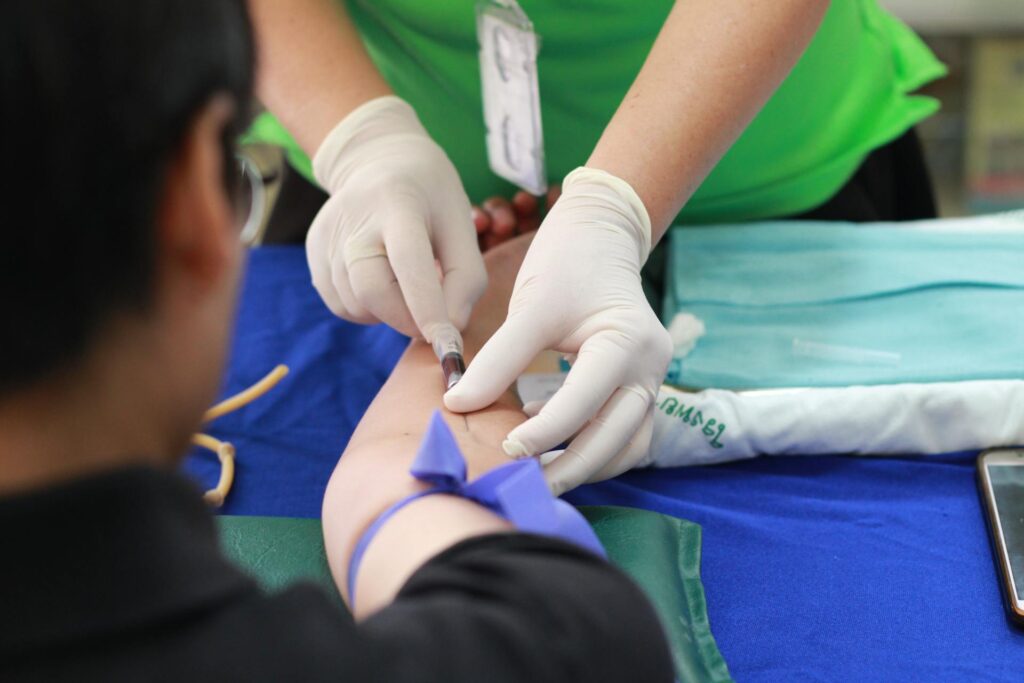
Risk for injury nursing diagnosis: A complete guide
Perhaps one of the most critical aspects of healthcare that is there to help identify patients who are vulnerable to harm is the risk for injury nursing diagnosis. The vulnerability to harm can be attributed to a number of factors including cognitive decline, medication side effects, impaired mobility, and even environmental harm. This proactive approach allows caregivers such as nurses to implement the necessary interventions to prevent any injuries before they occur. However, despite strong efforts, medical professionals might fall short and injuries happen. When they do, a personal injury lawyer can be instrumental in obtaining compensation for victims affected by inadequate care or negligence. We explore the risk of injury nursing diagnosis in this guide. So, here is everything you should be knowing.What is the risk for injury nursing diagnosis?
Let’s make this easier for you. When we are talking about a risk for injury nursing diagnosis, we are referring to the clinical judgment that a patient is at a higher risk of sustaining harm due to certain predisposing factors. When you compare this to actual diagnoses, things are completely different. With actual diagnosis, healthcare professionals focus on existing conditions of a patient. Injury nursing diagnosis is more preventative in nature. The NANDA International (NANDA-I) defines injury nursing diagnosis as a situation where an individual has an increased susceptibility to harm due to internal or external conditions. Prominent examples include- Patients with impaired mobility. This can be due to a recent surgery, aging, or disability.
- Individuals on certain drugs that cause dizziness or drowsiness.
- People with cognitive impairment like dementia.
- Patients exposed to hazards in the environment, like poor lighting or slippery floors.
- Healthcare professionals take a proactive approach to be able to identify these risks early and develop the right interventions to reduce injury potential.
Sample nursing care plan for risk for injury
You will need a well structured risk for injury care plan. This is essential for preventing patient harm and ensuring their safety. Here is an example of what such a care plan might look like. Nursing diagnosis: Risk for injury related to impaired mobility, medication side effects, and environmental hazards.Expected outcomes
The patient will remain injury free during the entire period of hospitalization and demonstrate safe mobility practices. Environmental hazards will also be minimized using preventative interventions.Interventions and rationale
- Assess mobility status and cognitive function to determine individual risk factors.
- Implement fall prevention measures by providing the right mobility aids.
- Educate the patient and caregivers on safety measures to enhance the awareness of risks and precautionary actions.
- Review drugs and identify the ones that cause dizziness or confusion to adjust accordingly.
- Modify the environment by removing clutter, adding bed alarms, and adding proper handrails for safety.
Factors that make a person at risk for injury
An individual’s risk for injury is an amalgamation of several factors which include- Cognitive impairment
- Impaired mobility
- Side effects from medication
- Environmental hazards
- History of falls
- Muscle weakness
- Chronic conditions and more
Benefits of having a risk for injury care plan
While some might think that the advantages of implementing a risk for trauma care plan are negligible, they cannot be further from the truth. This has plenty of pros to consider, including:- Enhanced patient safety: Reduce hazards to prevent injuries from falls or fractures.
- Individualized nursing care: Each patient gets a tailored plan based on their unique risks.
- Fall prevention: Proactive measures that reduce the likelihood of patients falling and hurting themselves.
- Education and empowerment: Patients and caregivers get essential knowledge to help them stay safe at home.
- Legal protection: A documented care plan ensures that healthcare providers follow benchmark practices and reduce liability.
How a personal injury lawyer can help
Despite the best efforts and precautions, injuries will happen. Sometimes due to negligence. Sometimes due to inadequate care. If you or a loved one of yours had to suffer an injury in a healthcare setting, consulting a personal injury lawyer is the best thing you could do. Here’s how they can help- Assess liability: Identify whether the injury resulted from medical negligence or facility hazards.
- Gather evidence: Collect medical records, witness statements, and expert reviews.
- File lawsuit: Pursuing legal action against those responsible to secure compensation.
- Negotiating settlements: Work with insurance companies and other parties to ensure fair compensation for all the trouble. Need advice? Try consulting our experts.